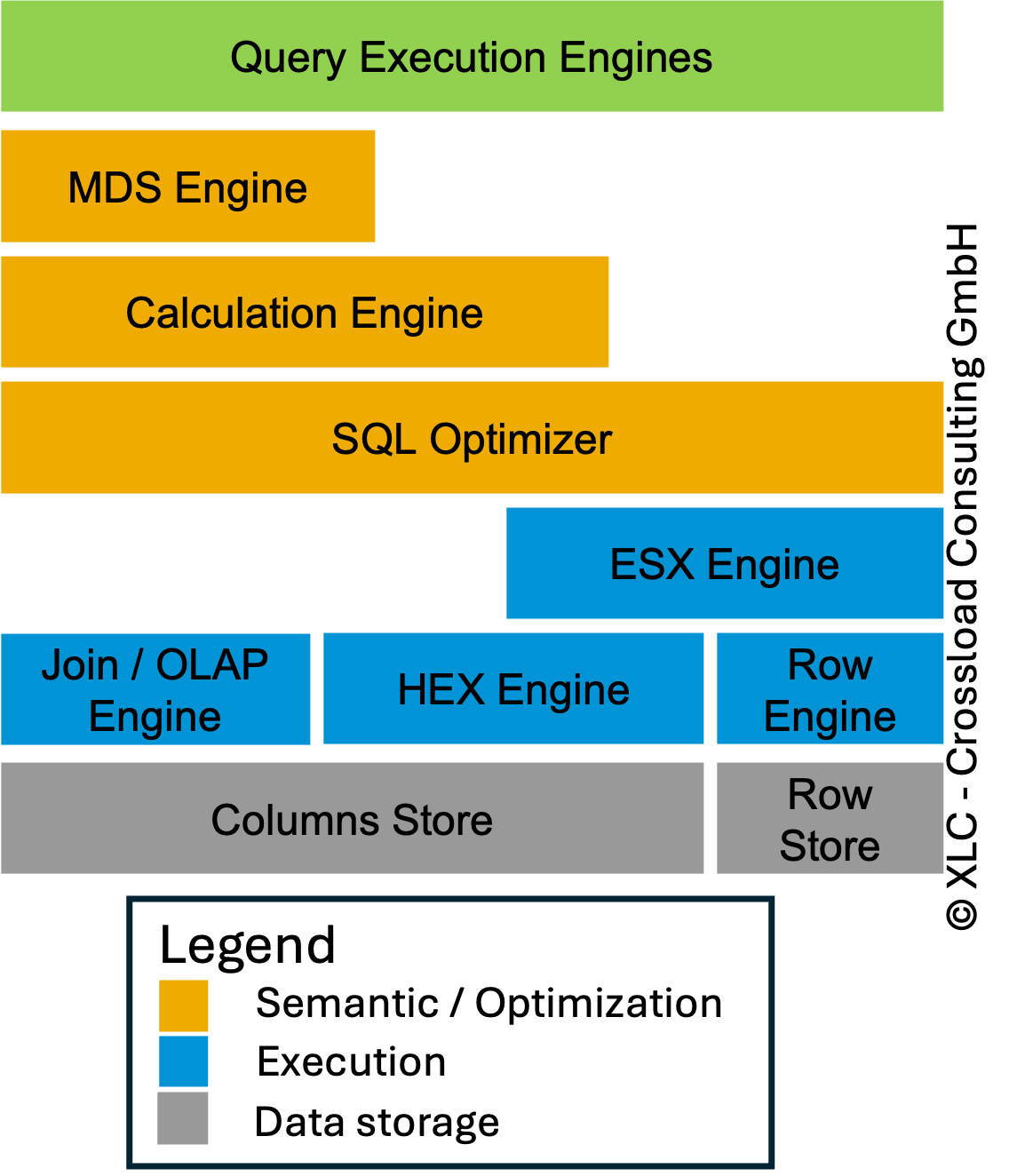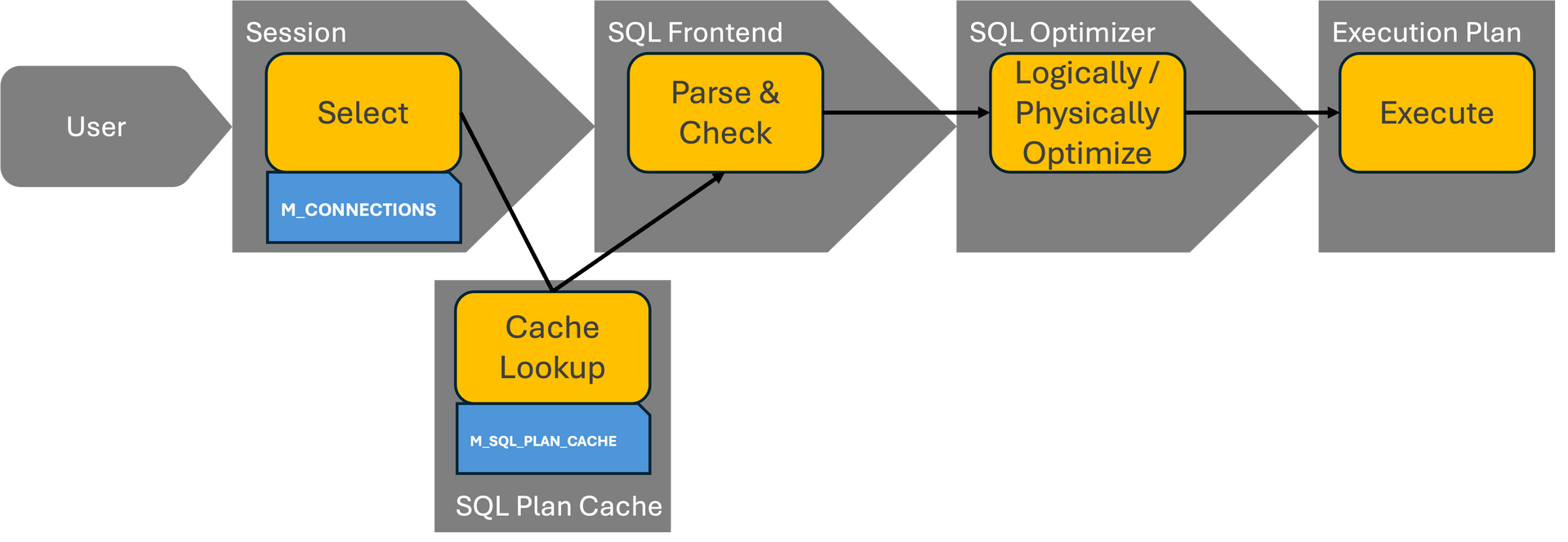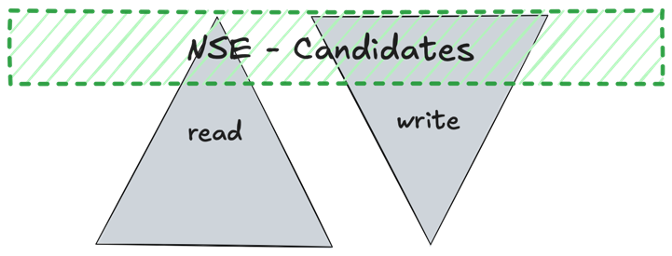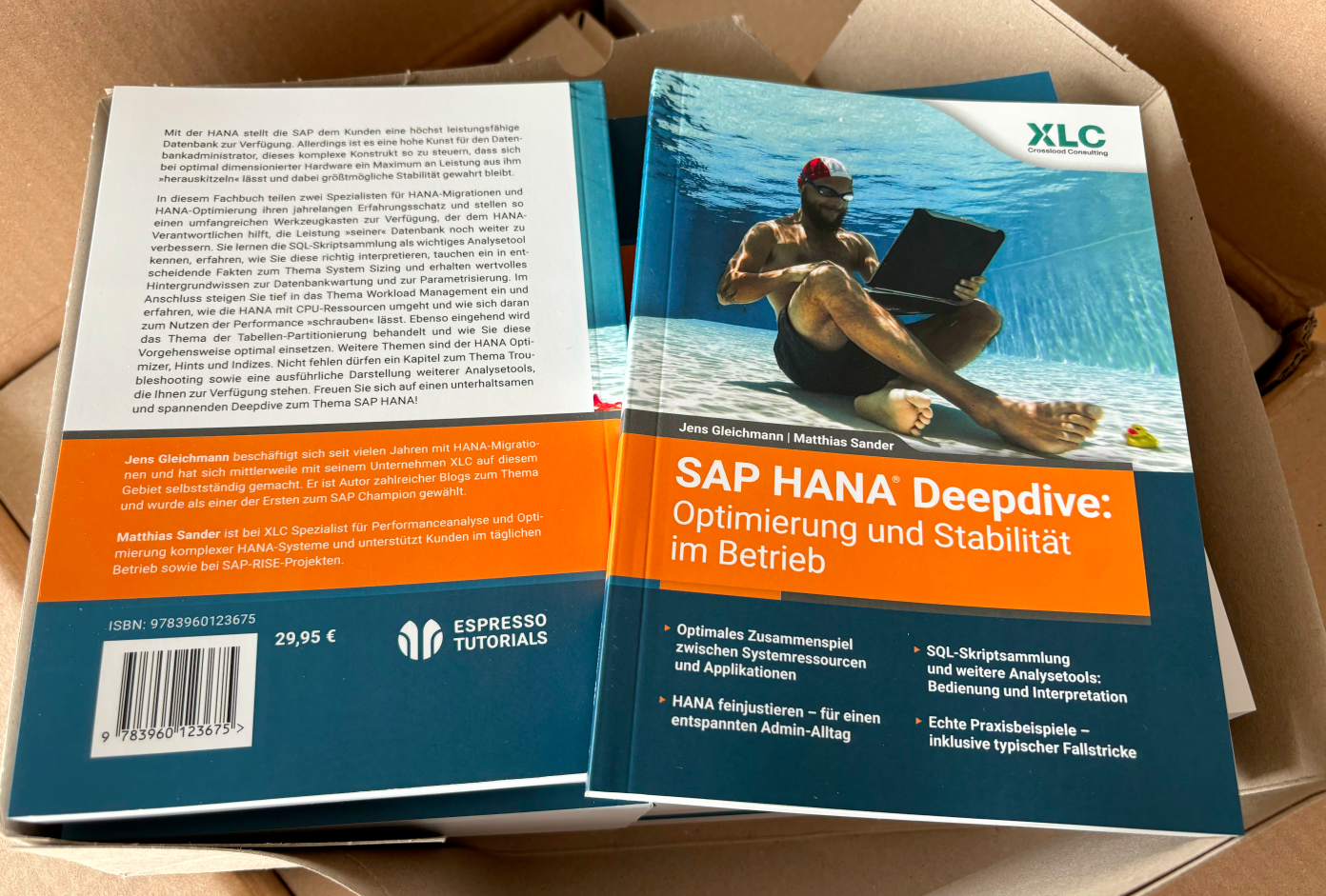HANA News Blog
DMOVE2S4 and Homogeneous option for SUM DMO
Spotlight on for Homogeneous option for DMO and DMOVE2S4 aka “DMO move to SAP S/4HANA (on hyperscaler)”
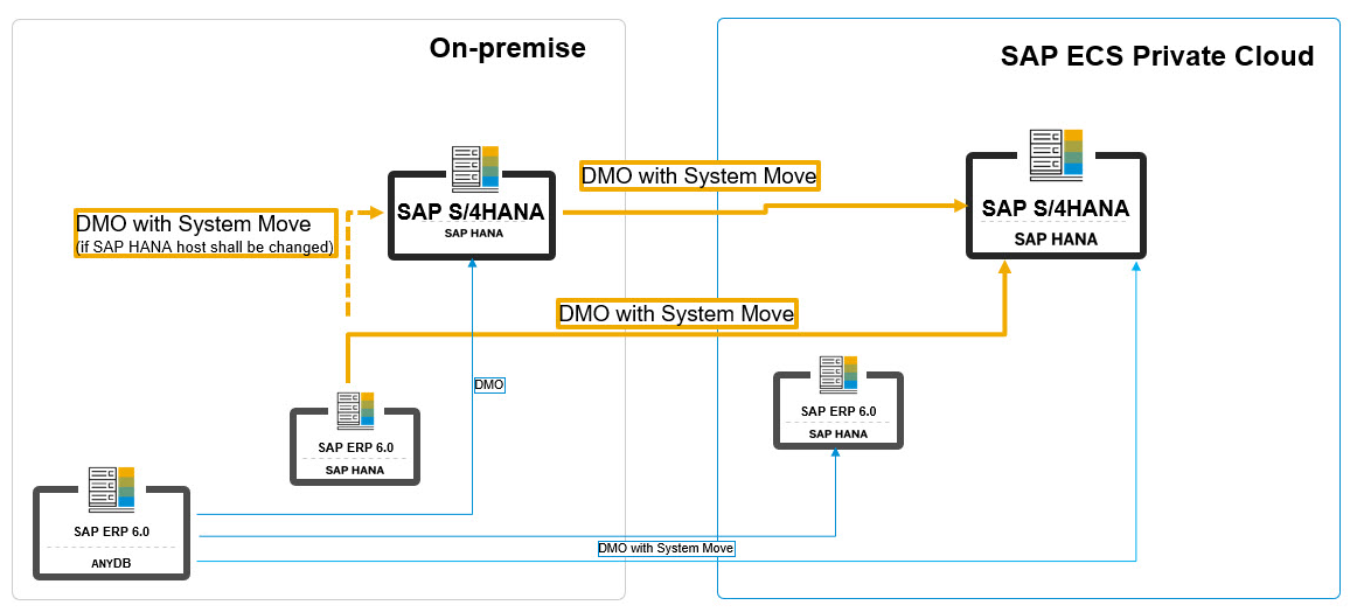
Homogeneous option for DMO (with system move)
DMO used to be heterogeneous (change of DB). Now you can use DMO with system move (also on-prem to target on-prem) to migrate and convert ECC on HANA to S/4 or just update/upgrade S/4 and move it to another location like other DC or other instance in one step.
- SAP BW or SAP BW/4HANA systems are not supported
- target “SAP ERP on SAP HANA” is not supported
- only *HANA to S/4: Only target product SAP S/4HANA is supported
- can also be used on prem (e.g. ERP 6.0 on HANA to S/4)
- doDMO and doC are supported for homogeneous DMO since SUM 2.0 SP18
- no rename of SID in the procedure possible (separate step afterwards needed)
- possibility to retain the source after SUM procedure
- R3load file mode is used
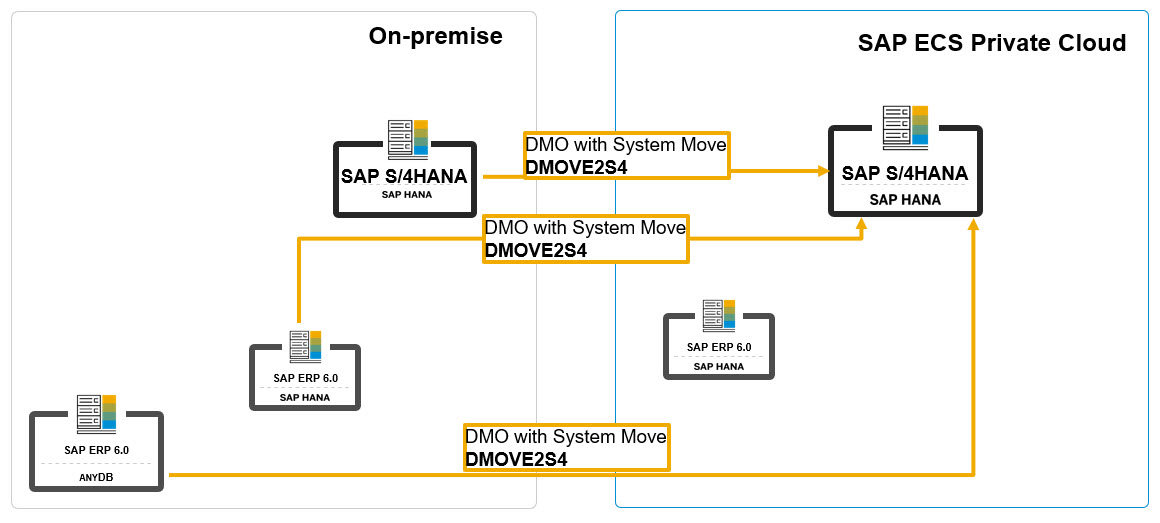
DMOVE2S4 aka “DMO move to SAP S/4HANA (on hyperscaler)”
The DMOVE2S4 is just to move and convert to the "cloud" in one step. This includes also anyDB source systems and downtime-optimization techniques (doDMO and doC). SAP illustrates it as cloud but, you can also use another DC or another hoster.
- Approach is not a SUM option => more a combination of SUM features and options
- alternative to “DMO with system move”
- plain-DMO
- Only target product SAP S/4HANA is supported
- Approach works for source systems on anyDB as well as on SAP HANA DB
- R3load pipe mode is used, not file mode
- prerequiste: Latency < 20 ms between source and target
- prerequiste: Bandwidth > 400 MBit/s
- SUM runs a latency check
- doDMO and doC are supported for homogeneous DMO since SUM 2.0 SP18
- no rename of SID in the procedure possible (separate step afterwards needed)
- no official possibility to retain the source after SUM procedure
- ASCS which is not running with a AAS (=standalone) cannot be moved as standalone within the procedure => it will run within one AAS
=> Due to the fact that the R3load pipeline mode is used this option is faster compared to the "normal" DMO system move approach.
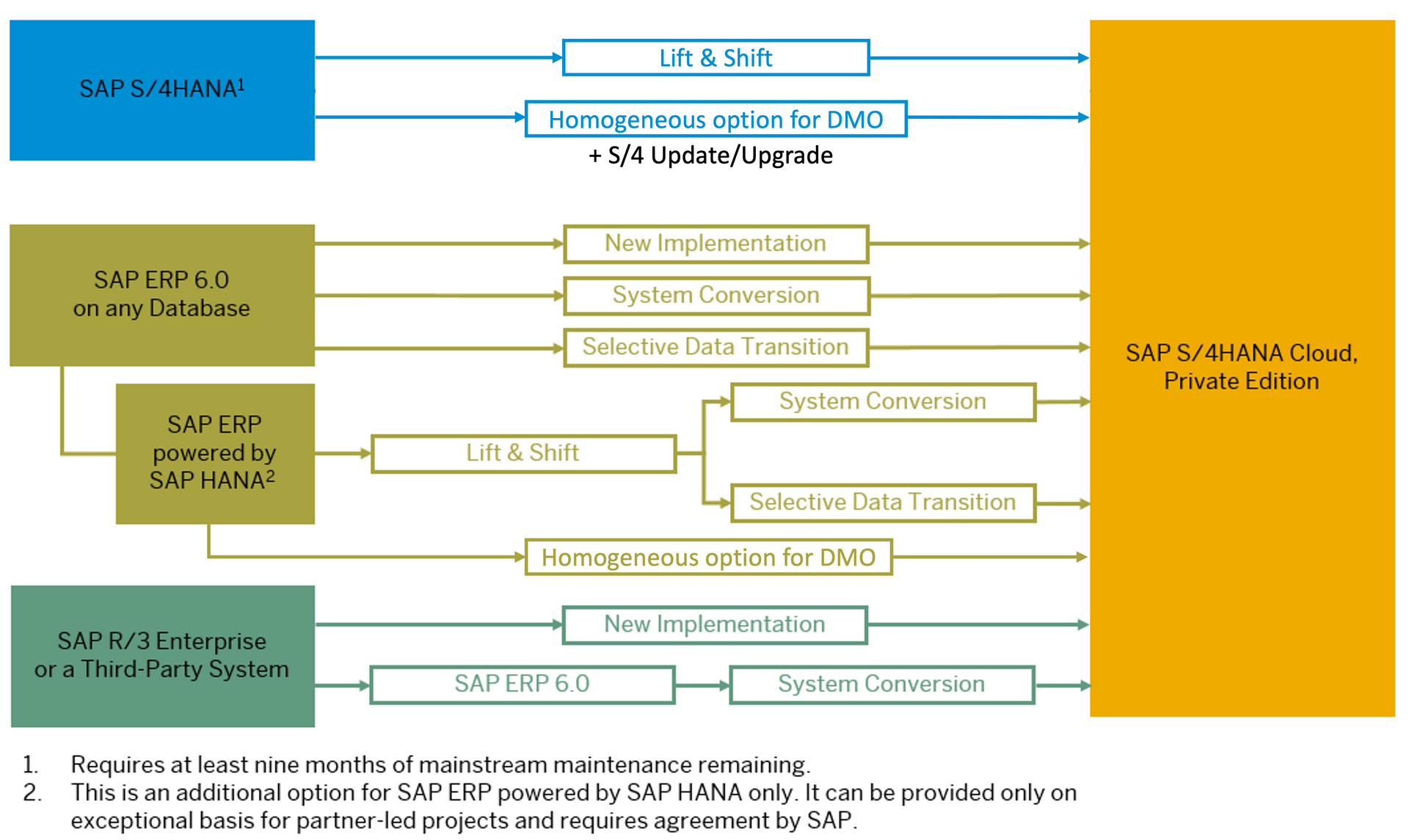
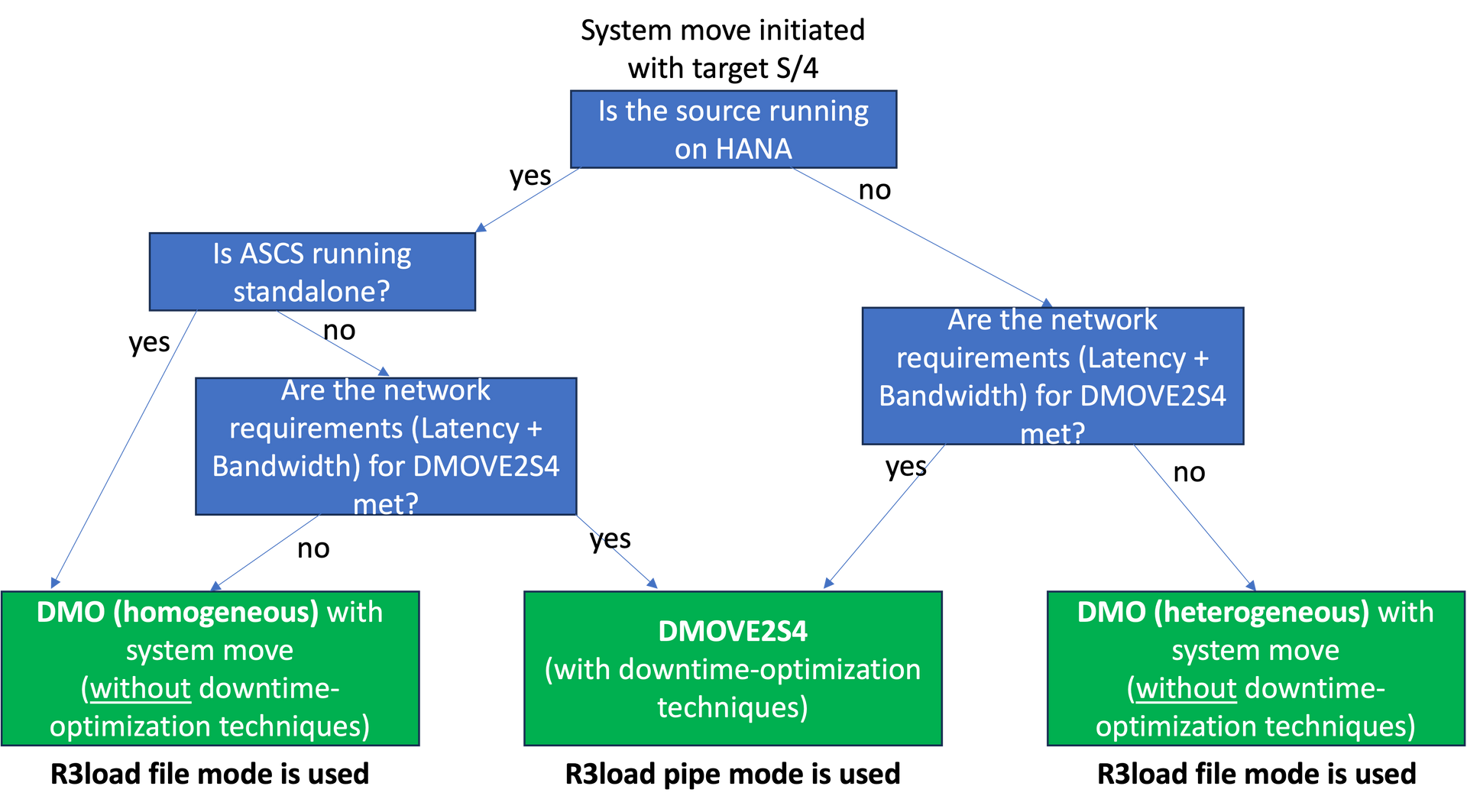
SAP HANA News by XLC
